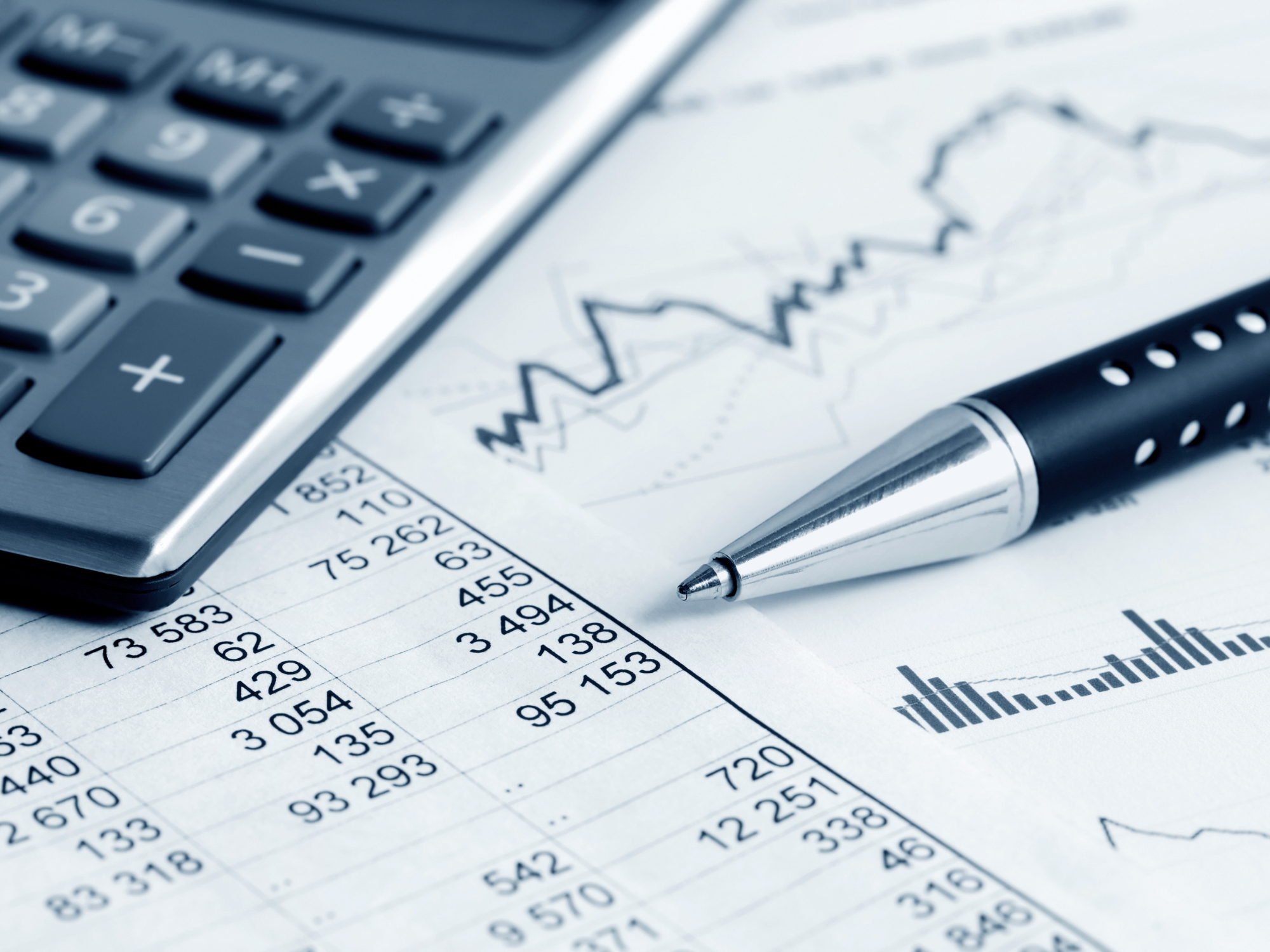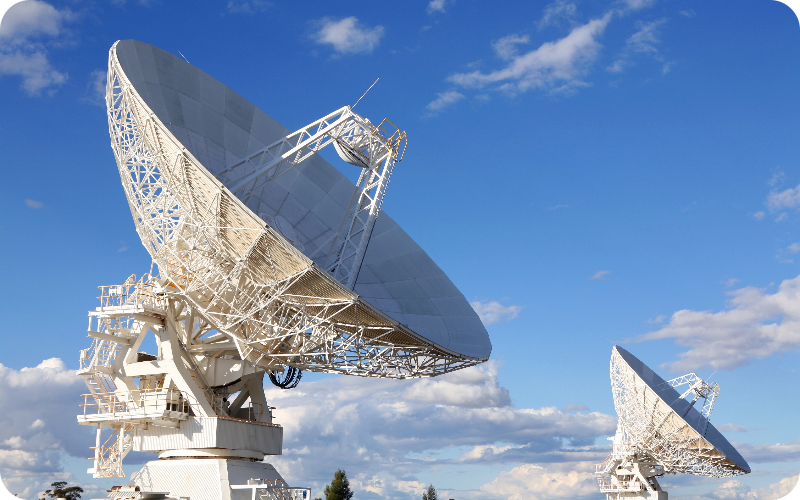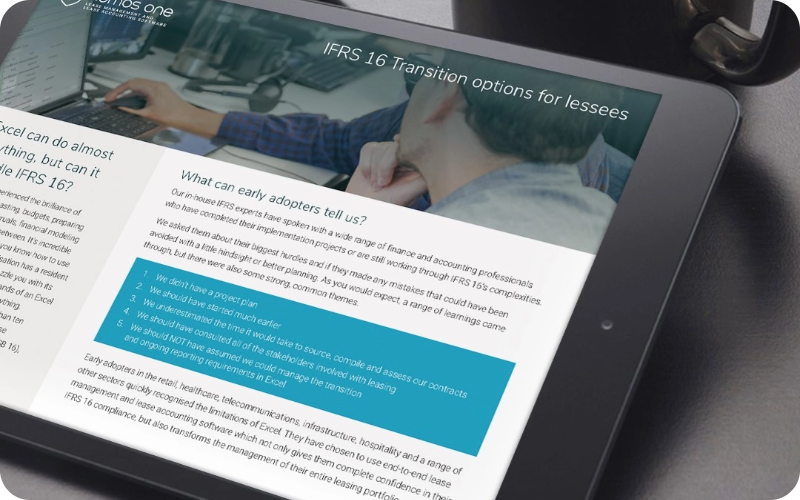Lease management is a critical aspect of operations in the utilities sector. Utility companies often rely on various leases to support their operations, from acquiring land for power plants to leasing office space for administrative purposes. Typical utility leases may include agreements for land, specialised machinery and equipment, power generation and water treatment facilities, and more. Managing such extensive and intricate lease portfolios can be complex and time-consuming, and it comes with its own challenges.
Read on as we explore some of the common lease management challenges faced by the utilities industry and discuss how the implementation of utilities lease management software can help overcome them.
But first, here is an overview of top challenges in lease management for utilities:

Tracking lease agreements
Utilities often have many lease agreements for various purposes, such as land for power stations, office spaces, and equipment rentals. Without a centralised system, it can be difficult to keep track of all these agreements and their lease terms, rental rates, renewal dates, and payment schedules.
For instance, a utility company might have multiple land leases for different power plants nationwide, each featuring multiple lease components, including lease and non-lease elements. Manually keeping track of lease details for each of these agreements can lead to accounting errors, resulting in fines and penalties.
Document management
Another challenge lies in maintaining a central repository for lease documents, like lease agreements, amendments, correspondence with landlords and inspection reports. Without a dedicated document management system, it's easy to lose track of critical documents, leading to disputes or difficulties during audits.
Data accuracy
Utility firms frequently face difficulties when it comes to centralising lease information from various origins, which may include spreadsheets, physical documents, multiple departments and sites, and different software systems. However, errors in lease data can lead to financial discrepancies, missed payments, and even legal issues and have significant financial implications. These can be avoided by replacing manual entering and updating lease data, which is prone to human error, with a single source that provides accurate and reliable information.
Lease renewals and expansions
Knowing when to renew or expand a lease is vital for utility companies. Missing renewal dates can lead to lease expirations and potential disruptions to operations. Consider a utility company that relies on a lease for a key transmission line route. If they miss the renewal deadline, it could not only disrupt their operations but potentially lead to legal disputes. That is why critical dates, such as lease commencements, expiration and renewal dates, must be closely monitored. Costly oversights are easier to avoid with a robust lease tracking system that sends out automated alerts and reminders.

Compliance and regulations
Utilities companies must adhere to various regulatory requirements, including environmental standards and safety regulations. For example, a utility may have a lease agreement for a site where they store hazardous materials. Ensuring that the lease terms align with environmental regulations, such as containment measures and reporting requirements, can be a complex task without a systematic approach.
Cost control
Managing lease expenses efficiently is vital to control costs. Utility companies may overspend on leases without proper oversight or miss opportunities to negotiate better terms. For example, if a utility company has multiple equipment leases with different vendors without an efficient system to compare lease terms and costs, they might miss the chance to consolidate leases or negotiate lower rates.
Lease management and lease accounting software effectively solve these challenges. These are only a few ways in which it can help utilities streamline their lease management and lease accounting processes, achieve greater efficiency and accuracy, and simplify compliance, ultimately leading to better control over their lease portfolios:
Centralised database
Lease management software provides a centralised repository to store all lease-related information, making it easy to access and update lease agreements, terms, and other critical data.
Document management
These tools offer secure document storage and retrieval features, making it easy to organise and access lease-related documents, reducing the risk of document loss.
Data accuracy
With automated data entry and validation features, lease management software minimises the risk of human error, providing accurate lease information.
Automated reminders
These tools send automated alerts and notifications for important dates, such as lease renewals and payment deadlines, reducing the risk of missing critical deadlines.
Simplified compliance
Lease management software can be configured for compliance automation, helping companies ensure that all leases adhere to necessary standards.
Cost control and analysis
Advanced reporting and analytics in lease management software enable utilities to analyse lease costs, identify cost-saving opportunities, and make informed decisions.

Lease management for utilities can be a complex and challenging task, but reliable and user-friendly software, such as Nomos One, can provide an efficient solution to overcome these challenges.
By centralising lease data, automating reminders, simplifying IFRS 16 (AASB 16) compliance, improving data accuracy, facilitating cost control, and enhancing document management, Nomos One empowers utility companies to efficiently handle their lease portfolios.
In an industry where timely and accurate lease management is essential for maintaining operational efficiency and compliance with accounting standards, investing in lease management and lease accounting software is a wise choice that can yield substantial benefits in the long run.
Want to learn more? Book a demo with our team today!

























